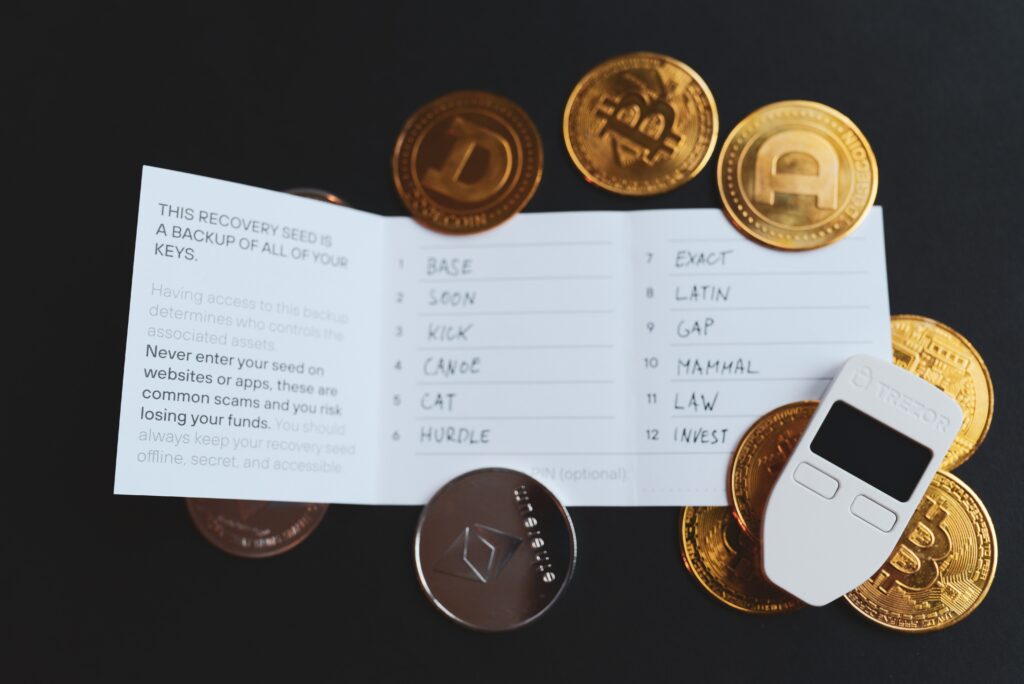
All those who usually deal with the world of cryptoc-urrencies know that by now a special lexicon has also spread that can be used for various reasons. In short, between jargon and very specific terms to be used on certain occasions, a sort of language to learn has developed, even for those who usually invest in online platforms. Let’s try to take a look at the most common terms.
Cryptocurrency Winter (Crypto Winter)
The term cryptographic winter refers to one of the most important and widespread concerns of new users investing in digital currencies. The crypto winter, therefore, is a very delicate topic in the market, even if in reality it is only a temporary period. It is easy to understand how the best assets have a tendency to return to their original price, but also to recover and touch new all-time highs.
Crypto Bridge
A term that indicates software platforms that act as a link between a series of cryptographic services that, otherwise, would not be able to communicate in any way with each other. Cryptographic bridges guarantee a very important operation since they allow users to move tokens between the various blockchains.
One of the many advantages of cryptographic bridges is undoubtedly that of allowing users to be able to invest in many different projects quickly and easily. Not only that, given that they guarantee greater interconnection to the entire ecosystem.
Cold Storage
This technical term refers to the storage of digital currencies on a PC inside a vault, in which there is no connection to the web. A large number of cold wallets do not accept many types of cryptocurrencies and, in most cases, have a very high cost. This explains the very simple reason why many traders usually lean towards a hot wallet.
NFT
It is nothing more than an acronym that stands for “non-fungible token”. Well, in this case, compared to what occurs with fungible tokens, there is no possibility of exchanging with other tokens. Consequently, these are tokens that are not replicable and therefore unique. In reality, however, the trend linked to NFTs seems to be a bit convoluted, despite the fact that the first NFT of a physical work of art went up for auction at Christie’s.
DeFi
Decentralized finance portals offer users the possibility to lend, or borrow, digital currencies, to then bet on changes in their value and carry out exchanges. Compared to cryptocurrency exchanges that are controlled by companies that have employees especially paid for this task, decentralized finance platforms are characterized by working through a series of automated contracts that are made by users.
Hot Wallet
All those users who take a prudent attitude towards the exchange of digital currencies usually keep their “coins” in cold storage. It is, in most cases, a hard drive that does not remain connected to the web and, consequently, which is more difficult for any hacker to steal.
When we talk about hot wallets, on the other hand, we are talking about online funds in which cryptocurrencies are kept, waiting for future exchange and trading.
Just to give an example of something that has happened in the last few weeks, the digital currency exchange FTX had to file for bankruptcy, here it made a very specific move, namely to transfer the digital assets of certain customers to inside special cold rooms. The target? To protect their accounts as much as possible.
